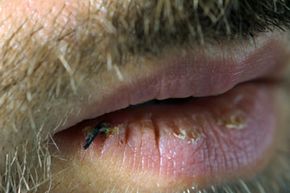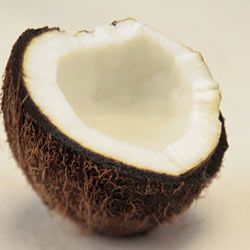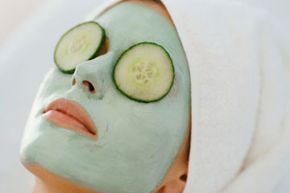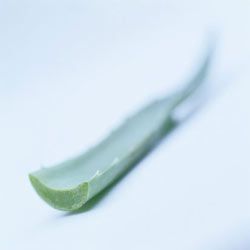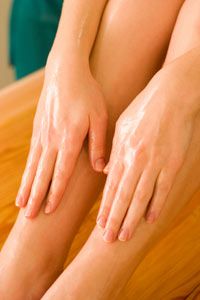There are a number of reasons why lips dry out. Chief among them is that they're located within reach of the tongue; in other words, it's easier to lick our lips than our foreheads. Doing either would produce the same effect -- dryness. Human saliva contains two compounds that promote dryness in skin. Amylase and maltase are digestive enzymes that can actually strip away the sensitive skin of your lips, leaving it exposed to dry air.
What's more, when saliva dries on the lips, it actually leads to further evaporation of the natural moisture found in lips, which further exacerbates lip dryness [source: Gardner].
Advertisement
A common misconception is that lips dry out because they lack sebaceous glands. These glands are most commonly associated with hair follicles, which, in hairy regions of the body, deliver sebum to the skin. Sebum is a natural oil made of fats called triglycerides and the detritus of dead cells. Once it reaches the skin, it both moisturizes and waterproofs skin. Since lips are hairless, many people think they lack sebaceous glands. In actuality, lips have a specialized type of sebaceous gland, known as ectopic sebaceous glands [source: Bolognia, et al].
Clearly, the widespread existence of dry, chapped lips shows that the ectopic sebaceous glands that keep the lips moisturized need some help from time to time. If you like going the natural route to healthy, beautiful skin, we've included five natural remedies for those dry lips of yours.
